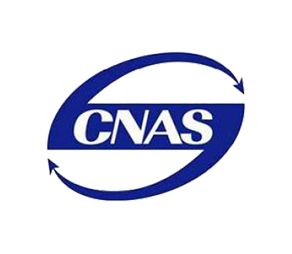How to Install an Electrofusion Coupler on HDPE Pipe: Step-by-Step Guide
Electrofusion couplers (EF couplers) are essential fittings used to connect HDPE pipes in water, gas, and industrial pipeline systems. Unlike traditional methods, electrofusion provides a strong, leak-proof connection by melting the pipe and fitting surfaces using embedded electric coils. In this guide, we walk you through the standard installation procedure of an electrofusion coupler using electrofusion pipe fittings.
Tools and Equipment Needed
Before starting the installation, make sure you have the following tools:
Electrofusion welding machine
Pipe scraper or rotary peeling tool
Pipe cutter
Marker pen
Alignment clamps or pipe holders
Clean, lint-free cloths
Isopropyl alcohol (for cleaning)
Step 1: Prepare the Pipe Ends
Cut the HDPE pipe ends squarely using a pipe cutter. Ensure there are no burrs, rough edges, or deformation. The pipe surface must be smooth to allow proper contact with the electrofusion coupler.
Step 2: Mark the Insertion Depth
Insert the pipe into the EF coupler (without powering it) to check the insertion length. Use a marker to draw a line around the pipe where it meets the end of the coupler. This line ensures full insertion during final assembly.
Step 3: Scrape the Pipe Surface
Using a pipe scraper or rotary peeling tool, remove the oxidized surface layer (usually 0.2–0.4 mm) from the pipe ends. This step is critical for a strong bond, as any contamination or oxidation can cause joint failure.
Step 4: Clean the Pipe and Fitting
Wipe both the scraped pipe ends and the inner surface of the electrofusion coupler with a clean cloth soaked in isopropyl alcohol. Let them dry completely before proceeding.
Step 5: Align the Pipes and Coupler
Insert the pipes into the electrofusion coupler up to the marked lines. Use alignment clamps to hold the pipes securely in place and to ensure there is no movement during welding.
Step 6: Connect the Welding Machine
Plug the welding leads into the terminals of the electrofusion coupler. Most EF couplers come with a barcode label that the welding machine can scan to automatically set the welding parameters (voltage and time).
Step 7: Start the Welding Process
Initiate the weld using the electrofusion control box. The embedded wire coils inside the coupler will heat up and melt both the coupler and pipe surfaces, fusing them together. Do not disturb or move the joint during this time.
Step 8: Cooling and Inspection
After the welding cycle completes, allow the joint to cool for the recommended time—usually around 10 to 30 minutes depending on the pipe diameter. Avoid any movement during this period. Once cool, inspect the weld visually to ensure that the fusion indicators (if present) have popped up.
Step 9: Pressure Testing (Optional but Recommended)
After full cooling, conduct a pressure test to confirm the integrity of the joint. Follow your local codes or project specifications for the pressure level and test duration.
Installing an electrofusion coupler requires precision, cleanliness, and the right tools. When done correctly, EF couplers offer long-lasting, leak-free connections for both above-ground and underground applications. Whether you're working on potable water, gas lines, or industrial systems, electrofusion pipe fittings are a reliable and efficient choice.
FAQ
1. What is an EF coupler?
An EF coupler, or electrofusion coupler, is a specialized fitting used to join two HDPE pipes using an electric current. It contains embedded resistance wires that heat up and melt the pipe and fitting together, creating a strong, permanent bond.
2. Can I install an electrofusion coupler without a welding machine?
No. Electrofusion pipe fittings require a specific electrofusion welding machine to apply controlled heat and ensure a secure connection. Manual installation without proper equipment is not recommended and may lead to leaks or joint failure.
3. What materials are electrofusion couplers made of?
Most electrofusion couplers are made from PE100 or PE80 high-density polyethylene (HDPE). These materials ensure high strength, chemical resistance, and long service life in various pipeline systems.
4. How long does it take to complete one electrofusion joint?
The welding process typically takes a few minutes depending on the pipe diameter, but cooling time is critical and usually ranges from 10 to 30 minutes. Always follow the manufacturer’s instructions.
5. Can EF couplers be reused?
No. Electrofusion couplers are designed for single-use only. Once the internal heating wires are activated and the fitting is fused to the pipe, it cannot be reused or re-welded.
6. What are the common applications for electrofusion pipe fittings?
EF couplers and fittings are widely used in:
Water supply and distribution systems
Natural gas and LPG pipelines
Wastewater and sewage systems
Mining and industrial process piping
Irrigation systems
7. What causes electrofusion joint failure?
Common reasons include:
Improper pipe preparation (not scraping or cleaning properly)
Misalignment during welding
Movement during the cooling phase
Using a damaged or contaminated coupler
8. Do I need to pressure test after installing an EF coupler?
Yes, it is highly recommended to perform a pressure test after installation to verify the integrity of the weld. This ensures system reliability and safety.
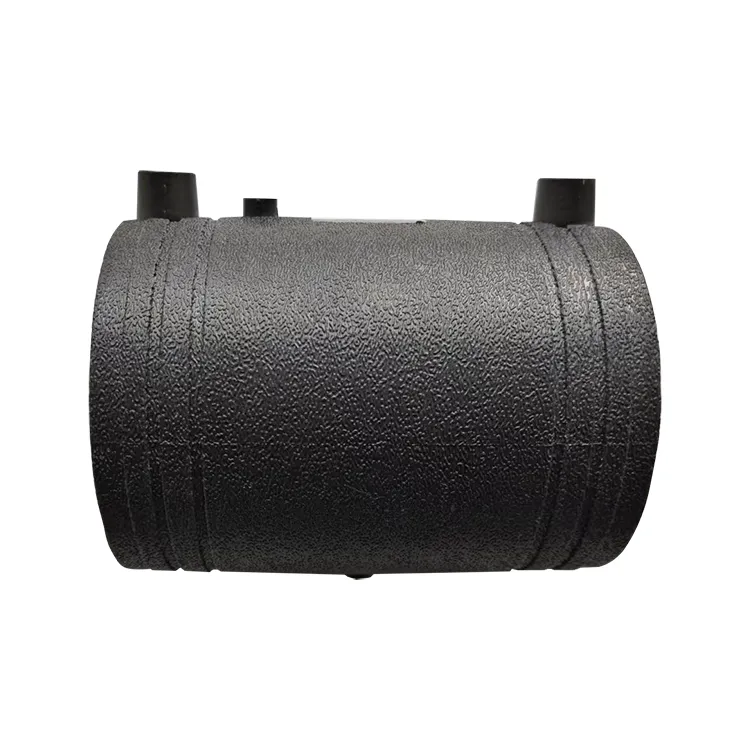
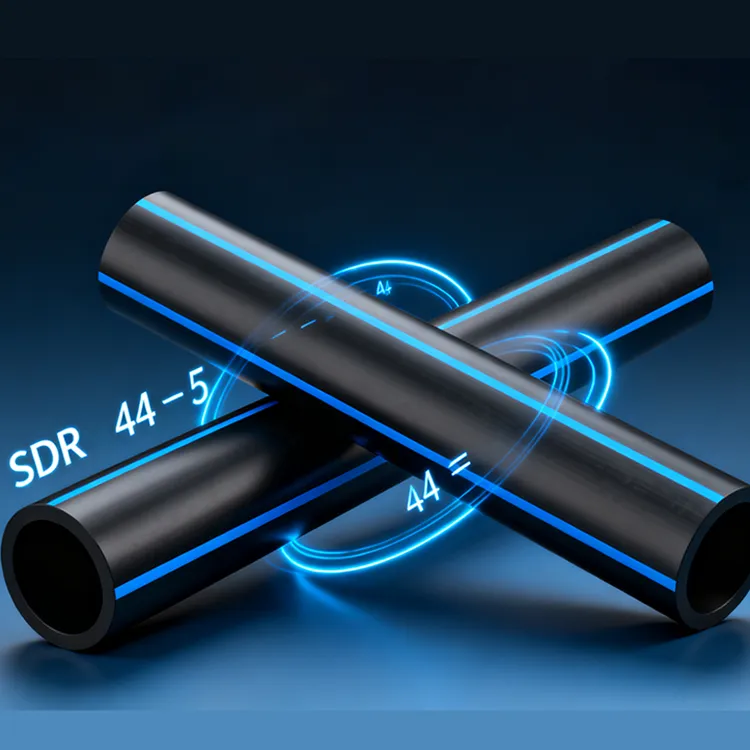
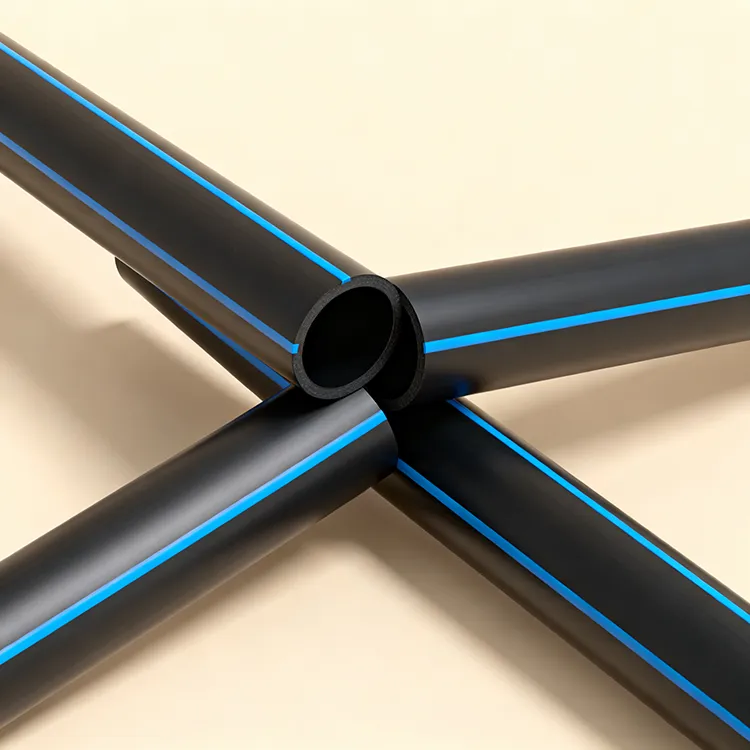
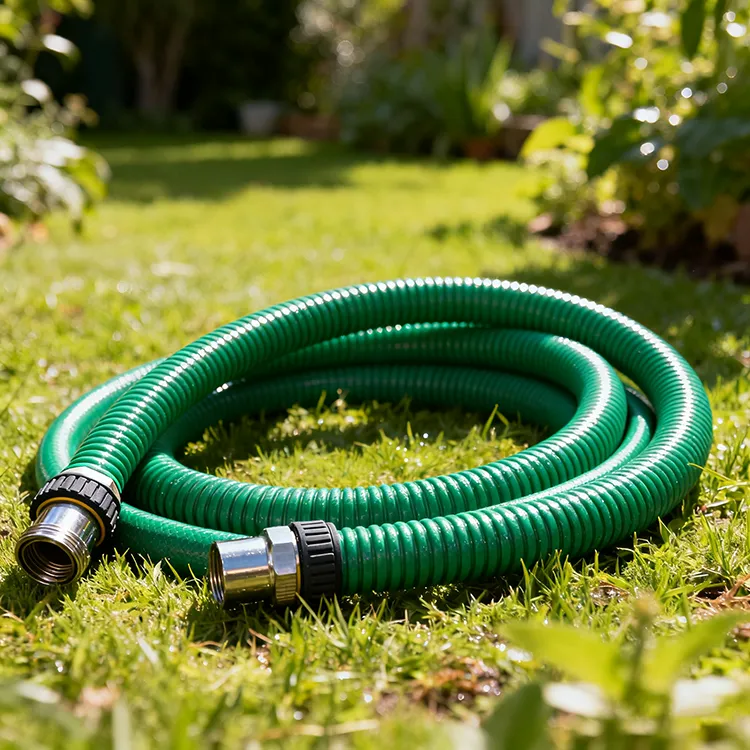
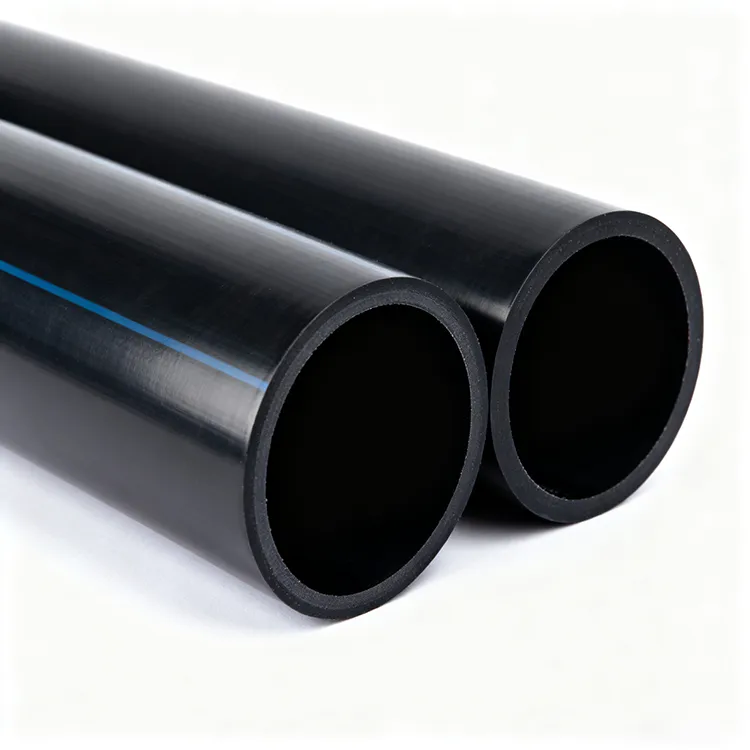
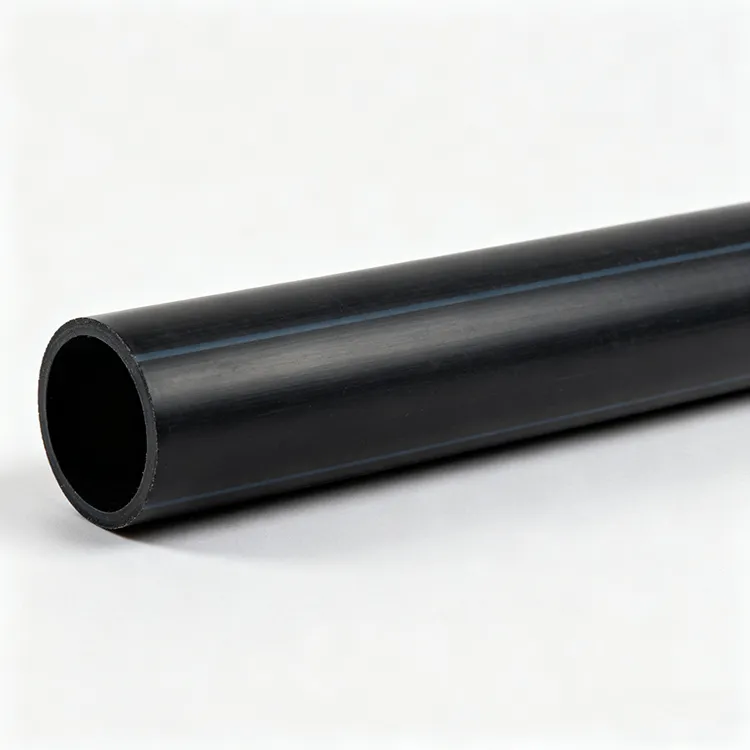
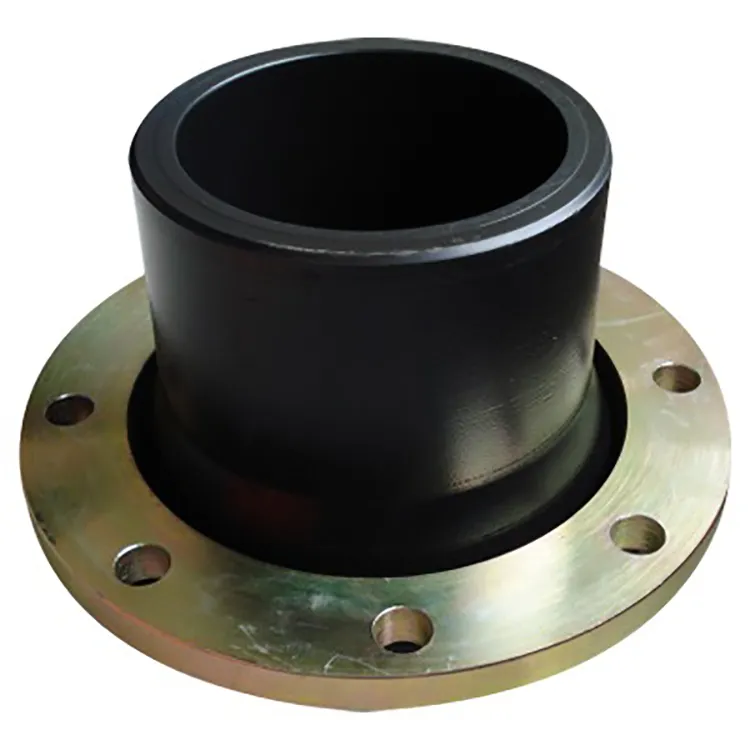
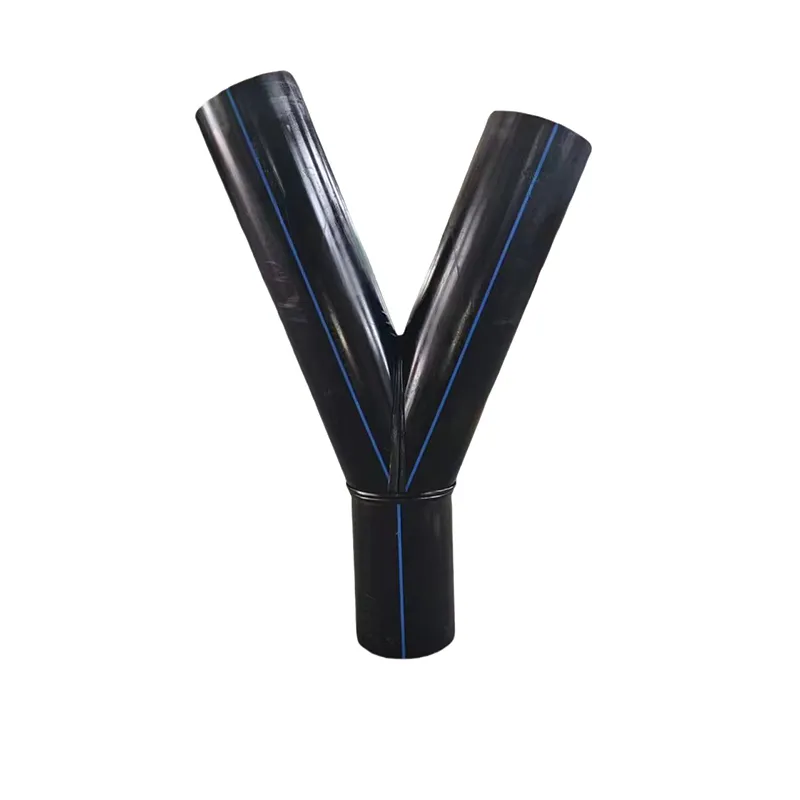
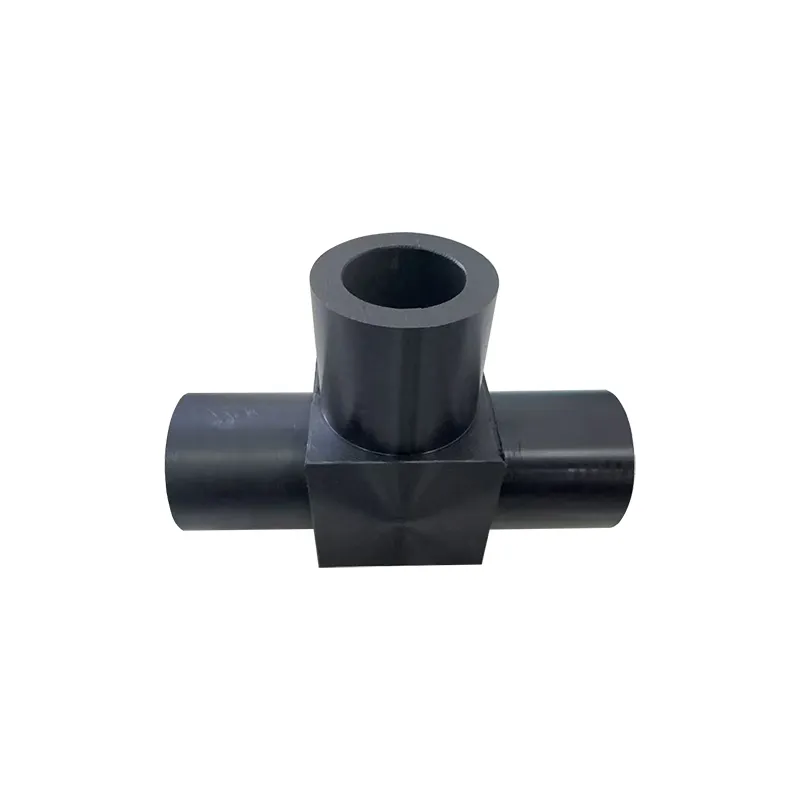
659.webp)
210.webp)
328.webp)
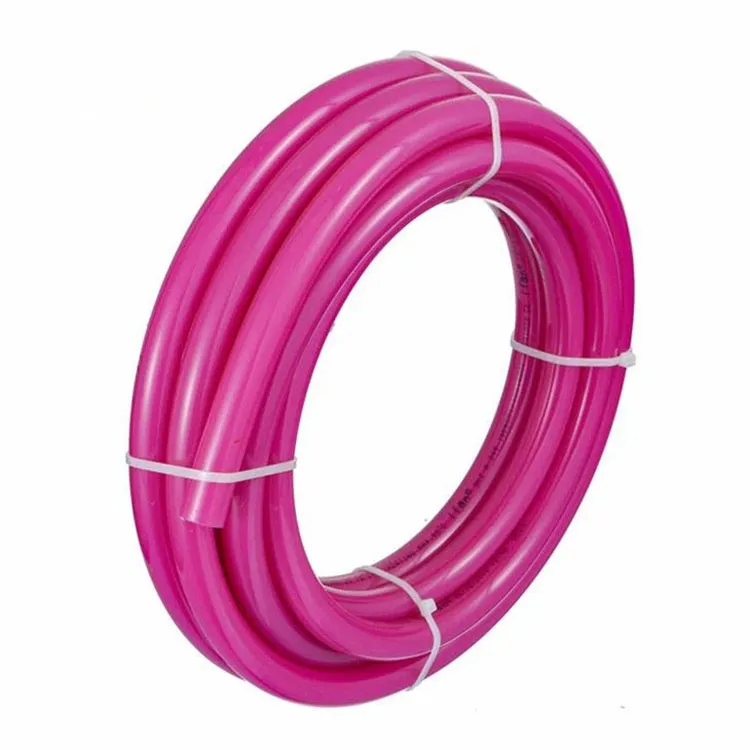
294.webp)
476.webp)

